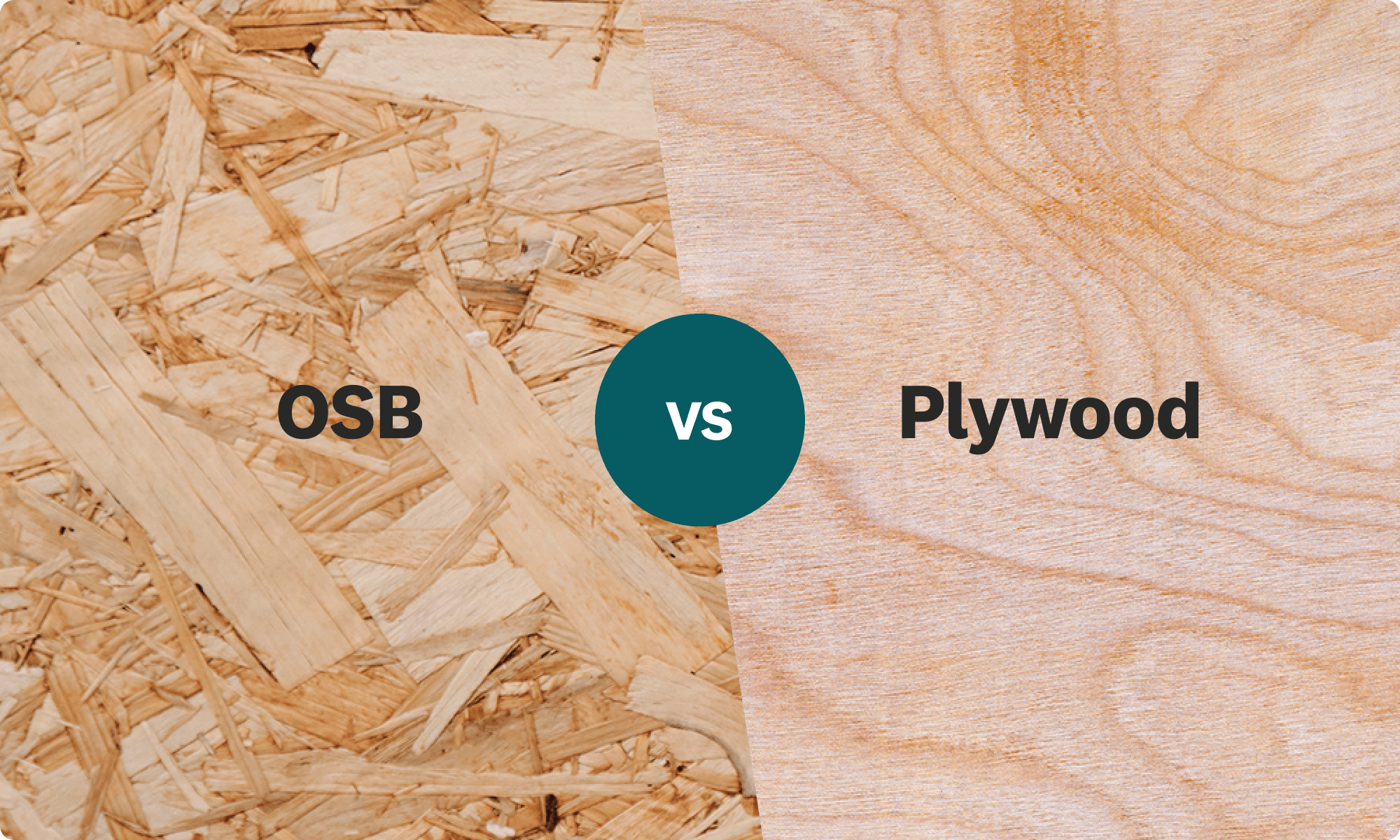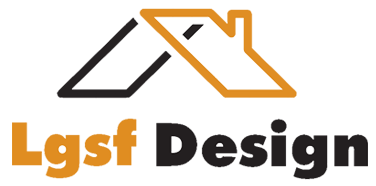Plywood vs. OSB: Key Differences and When to Use Each

Plywood vs. OSB: Key Differences and When to Use Each
When choosing building materials for construction or DIY projects, plywood and Oriented Strand Board (OSB) are two popular options. While they may seem similar at first glance, their unique properties make them suitable for different applications. Let’s break down their key differences to help you decide which one fits your project best.
1. Composition and Manufacturing
-
Plywood:
Made by gluing together thin layers (veneers) of wood, stacked perpendicular to one another. This cross-grain structure enhances strength and stability in all directions. -
OSB:
Composed of compressed wood strands or chips (often from fast-growing trees like pine) bonded with resin and wax. These strands are arranged in cross-oriented layers under high pressure, giving OSB its signature textured surface.
2. Moisture Resistance
-
Plywood:
Performs better in humid or wet conditions, especially exterior-grade plywood. It can swell slightly when wet but often returns to its original shape after drying. -
OSB:
Historically prone to edge swelling and weakening when exposed to prolonged moisture. However, modern OSB variants (e.g., waterproof coatings or moisture-resistant grades) have improved performance.
3. Cost and Availability
-
OSB:
Generally cheaper than plywood. Its production uses smaller trees and wood waste, making it a cost-effective choice for large-scale projects. -
Plywood:
More expensive due to the use of higher-quality wood veneers and a more labor-intensive manufacturing process.
4. Strength and Weight
-
Plywood:
Lighter in weight and offers superior tensile and bending strength. Ideal for projects requiring a strong yet lightweight material. -
OSB:
Heavier but provides excellent load-bearing capacity, making it comparable (or even superior) to plywood for structural uses like floor sheathing.
5. Common Applications
-
Plywood:
-
Aesthetic finishes: Cabinets, furniture, and interior wall paneling.
-
Moisture-prone areas: Bathrooms, kitchens, and outdoor projects (with exterior-grade plywood).
-
-
OSB:
-
Structural sheathing: Roofing, subfloors, and wall underlayment.
-
Non-visible uses: Temporary flooring, packaging, and industrial applications.
-
6. Dimensional Stability
-
Plywood:
Resists warping and shrinking better due to its cross-layered design. -
OSB:
May expand or contract slightly in fluctuating humidity, though modern manufacturing has reduced this issue.
7. Environmental Impact
-
Plywood:
Often relies on mature trees, raising concerns about deforestation in some regions. Look for FSC-certified plywood for sustainable sourcing. -
OSB:
Considered eco-friendlier as it uses wood waste and fast-growing trees. However, the resins used in production may contain formaldehyde (opt for low-VOC or CARB-compliant boards).
Which Should You Choose?
-
Pick Plywood If:
-
You need a smooth, paintable surface for visible areas.
-
Moisture resistance is a priority (e.g., outdoor projects).
-
Budget is less of a concern.
-
-
Choose OSB If:
-
You’re prioritizing affordability for structural uses.
-
The material will be hidden beneath finishes.
-
Sustainability and efficient material use matter to you.
-
Final Thoughts
Both plywood and OSB have their strengths and weaknesses. By understanding their differences, you can make an informed choice that aligns with your project’s needs, budget, and environmental goals. Whether you’re building a bookshelf or sheathing a roof, selecting the right material ensures durability and performance for years to come.

